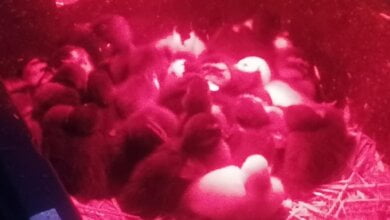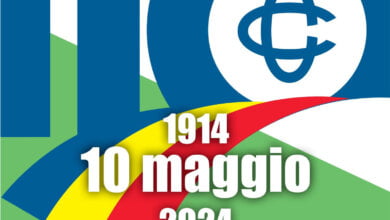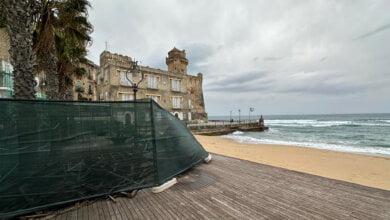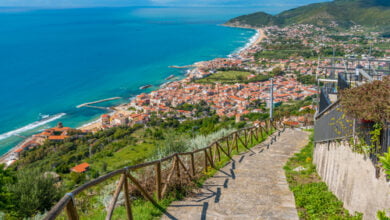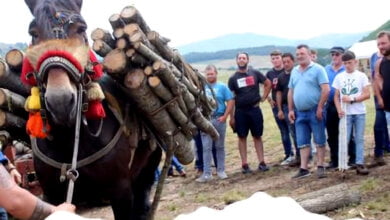
Lime is a very ancient building material. Replaced for a long period by other cementitious products, today it is among the most appreciated by the restoration, compatible architecture and quality construction sectors. Ideal for decorating and protecting buildings, it is obtained from the high temperature fusion of limestone, marble, shells and bundles of wood. Once upon a time, lime processing took place in rudimentary stone ovens called Carcare. In Cilento the memory of this traditional technology is still alive and current. It is no coincidence that in San Giovanni a Piro every year "Carcare accese" is celebrated event's audience organized by the Italian Lime Forum Association and the AUSS Cultural Association followed by a theoretical-practical course on the lime cycle, attended by trained teachers and experts in the subject.
What are Carcares
The Carcare, as already mentioned, were rudimentary ovens with a circular shape, more or less two to three meters high, made of stone and with thick walls covered with waste lime. The diameter varied between seven and ten metres, while the bottom, over a meter deep, was dug into the rocky bank and provided with a lateral opening to fuel the furnace. To produce lime, the bundles of wood (or sarcine) were arranged in a circular manner in the carcara and the limestones intended for fusion were placed on them. The task was generally entrusted to women, who were also involved in collecting brushwood. At this point, the fire was lit, making sure it did not go out, remaining active continuously for more than twenty-four hours. According to some testimonies provided by writers of the time, it took at least sixty hours to reduce the stones to lime. Others, however, claimed that around one hundred hours were needed, as well as four or five days. The calcinari (known to many by the name of caucinari or carcaluri) therefore carried out a very arduous task, being in close contact with excessive heat sources (the furnaces reached temperatures of up to 900 degrees) and with the calcium oxide which in the time could have caused allergic reactions, difficulty breathing, hives, swelling of the face, lips or throat.
How lime was formed
Once the fire was extinguished, the quicklime was thrown into a hole dug into the ground one and a half meters deep, more or less five meters wide and filled with water. The immediate contact between the material and the liquid created a violent chemical reaction which resulted in the boiling of the water itself and the transformation of the calcium oxide into hydroxide. The stones consequently melted, gradually losing their heat and turning into a soap-like paste.
The inhabitants of Cilento have never forgotten the lime production techniques and the ancient Carcare, so much so that they have passed them down to future generations through organized events which include short theoretical-practical courses held by expert teachers with the contribution of "old lime makers".
